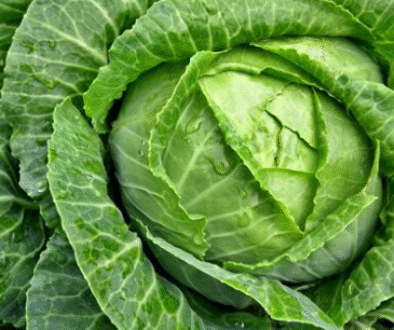Kids and Vegetables: Inspire and Be Inspired
You know it’s important to encourage them to eat healthy foods, but it’s not easy. Teach your child to grow a cucumber, and she’ll probably eat more of them. Take her to the local orchard, and watch as a new-found love for gardening evolves.
The first rule of thumb is to introduce vegetables along side the foods that your child already eats. For example, blueberry pancakes, zucchini bread, sliced fruit with their favorite cereal, or sliced carrots with hummus. My kids happen to love ranch dressing. While it would be great if they always choose hummus over ranch, getting them accustomed to eating more vegetables is the most important part.
Let your children help in the kitchen and in the garden. Certainly it’s easier and less time consuming to do it yourself, but if you keep kids involved in food preparation, they feel good about helping to prepare the meal and are more likely to eat it. Let them plant seeds and watch your garden grow; not only do they get a lesson in sustainability, they will look forward to watering and taking care of their seedlings.
Don’t buy junk foods. Out of sight, out of mind. If there aren’t any chips in the cabinet and instead there are bags of sliced carrots or strawberries in the fridge, that is what they will reach for when they’re hungry. Everyone, even adults, run to the fridge when hungry. The key is preparation. Block out time on your Sunday and plan for the week. Clean and slice your veggies so that it’s readily accessible for meal preparation or snacking.
The old “clean your plate rule” doesn’t apply anymore. Teach your children to recognize when they’re full, so they know when to stop eating. Taking the time to teach children is the key, there are so many families that don’t take the time and make the effort. Don’t allow your children to eat in front of the television. Instead, celebrate family, and sit down together to share the days events.
Encourage children to eat a rainbow of colors. Eating a variety of brightly colored fruits and vegetables is fun for kids and helps them try a variety of foods they may not otherwise be accustomed to eating.
Refrain from eliminating treats altogether. One scoop of ice cream is fine occasionally. If you cut out all the treats completely, your children will be more likely to overeat when they do get them. Make sure to moderate the treat consumption.
Last but not least, be a good role model. We all know the best way to influence children is by example. Don’t expect them to eat something that you don’t. It’s about motivating them, motivating each other, and motivating our community to feel better, together. Even skinny kids can be metabolically fat, and that is dangerous. We need to educate each other that it’s not about calories, but its the quality of nutrients and the composition of the food.
If you enjoyed this article, please join me in helping to educate families about how they can live happier, healthier lives simply by understanding the connections between nutrition and disease. Visit my blog at asilentcure.org or watch the video for my Children’s Book project on Kickstarter, where you can pledge your support for as little as $5. And remember, eat locally grown, organic, and sustainable produce…do it for something bigger than yourself.
[button link=”http://plantpledge.com” target=”self” color=”#81d742″ text=”dark”]Click here to support this project![/button]





